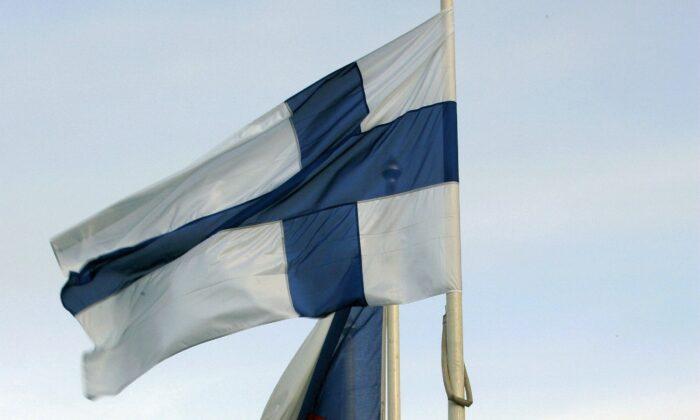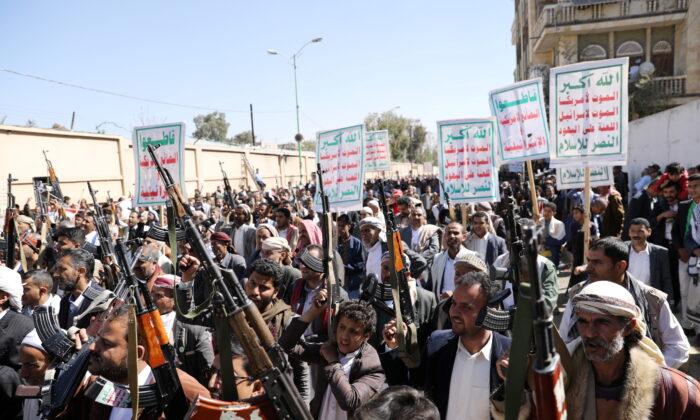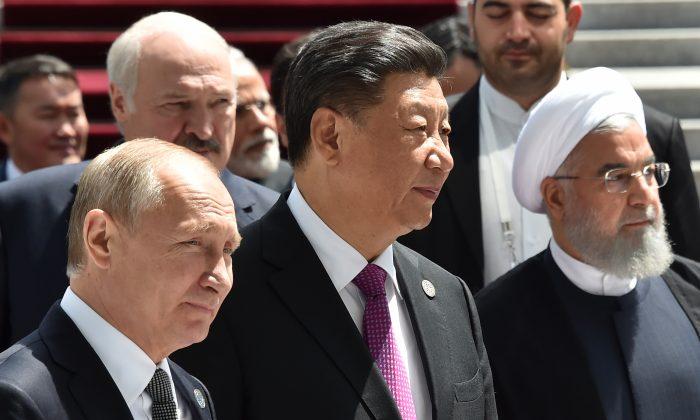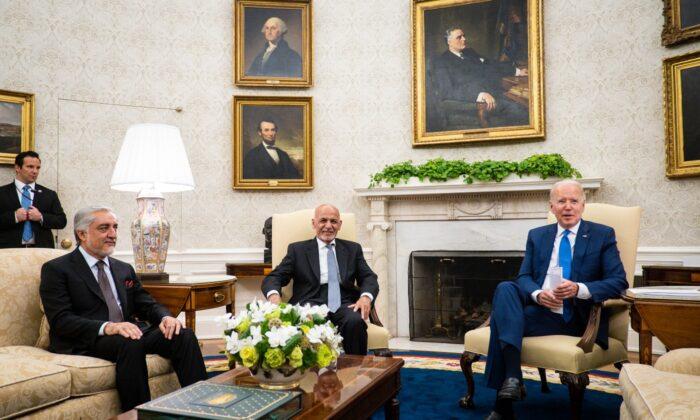On March 27, Hungary’s parliament overwhelmingly approved Finland’s application to join NATO. Finland and Sweden, both Cold War neutrals, applied to join NATO in May 2022.
NATO has 30 members and requires unanimity to admit a new member. Hungary made 29 for Finland. The alliance awaits Turkey’s decision.
On March 17, after opposing Finnish and Swedish NATO membership, Turkey’s thin-skinned and deliberately contrary President Recep Tayyip Erdogan said Turkey’s parliament had “decided to initiate the ratification of Finland’s accession process to NATO...” A week later the parliament’s foreign affairs committee endorsed Finland. Final approval is expected before Turkey’s national elections on May 14.
For the record, Erdogan still opposes Sweden’s application. In the opinion of many, including me, Erdogan is grandstanding.
Adding Finland and Sweden will enhance NATO’s ability to defend Europe and the Arctic.
The truth is they were never enemies. In 2004 I got a briefing on Nordic defense that included an overview of Danish and Norwegian air defense operations from the Baltic to the Arctic. The briefer added a historical footnote: during the Cold War, with the approval of NATO, Denmark passed air surveillance information to Sweden and Finland—information that benefited their security. The Swedes and Finns returned the favor. In 2004 that fact was not public knowledge. These facts were: The two “neutrals” joined NATO’s Partnership for Peace program (1994) and the EU (1995).
Russia’s 2014 invasion and annexation of Crimea and the Kremlin’s subsequent “hybrid war” in eastern Ukraine put Finns and Swedes on alert. Public opinion in both nations shifted dramatically, even in virtue-signaling socialist Sweden. Russia’s February 2022 all-out invasion led to their NATO membership bids.
Their bids are a major diplomatic defeat for Vladimir Putin. Instead of cowing smaller European countries, they decided they value freedom and to protect it sought to join history’s most successful military alliance.
But in the opinion of my 2004 briefer, Finland and Sweden were never really neutral nations, no matter what their governments said or how fiercely their left-wing media criticized America. Both nations fielded well-trained and well-equipped military forces that were prepared to fight the real enemy: Russia.
The Finns were committed to defending their long Russian border—1,340km (832 miles).
No matter how the Ukraine War ends, the Finnish border is now a NATO border, and it presents the Kremlin with very complicated military problems—the kind of complicated problems that should deter future Kremlin adventurism.
The border witnessed two bitter mid-20th century wars. Russia, in the guise of the USSR, invaded Finland and seized Finnish territory in the Winter War (1939-1940). Finland, after Germany invaded the USSR, tried to recover territory in The Continuation War (1941–1944)—but Russian might wore Finland down. Finland lost its Arctic Sea port, Petsamo.
Still, the Finns inflicted massive casualties and equipment losses on the Soviets. They created roadblocks, trapped Russian units in arctic forests and swamps, then destroyed tanks piecemeal. Finnish ski troops became global legends.
Post-WWII, Finland’s military strategy was to convince Russia that an invasion would be costly.
The Finns’ biggest weapon: national will to resist. Its constitution obligates every citizen to participate in national defense. Finland’s active forces are small—about 19,000 soldiers, airmen and sailors plus 3,000 paramilitary Border Guards. But in wartime, out of a population of 5.5 million, Finland fields 280,000 troops and 870,000 armed reservists.
The troops have fire support. I became aware of the Finns’ interest in artillery in the late 1980s. In 2022 Finland had over 1,500 artillery pieces (tube and rocket). Many are vehicle-mounted. The tactic is shoot and move to avoid counter-fire. Anti-aircraft guns and missiles protect the ground forces.
Battlefield Finland has created “defensive zones” with camouflaged strong points and supply points stockpiling weapons, ammo, food, medicine, and fuel. The zones support mobile infantry and armored groups and can also supply civilians.
Reportedly 2,000 drones are on order to spot targets for the artillery and attack targets (a lesson from Ukraine).
Finland possesses a small but crack air force and is buying American F-35 stealth fighters. The F-35s can identify targets deep inside Russia.
Vladimir Putin has no one to blame but himself.





